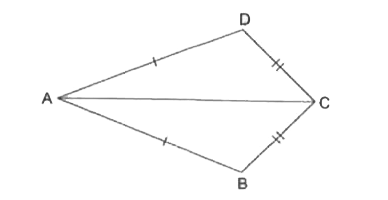In the adjoining figure, two points A and B lie on the same side of a line 'l'. C is the mid-point of AB. If AD ⊥landBE⊥l, then prove that CD = CE.
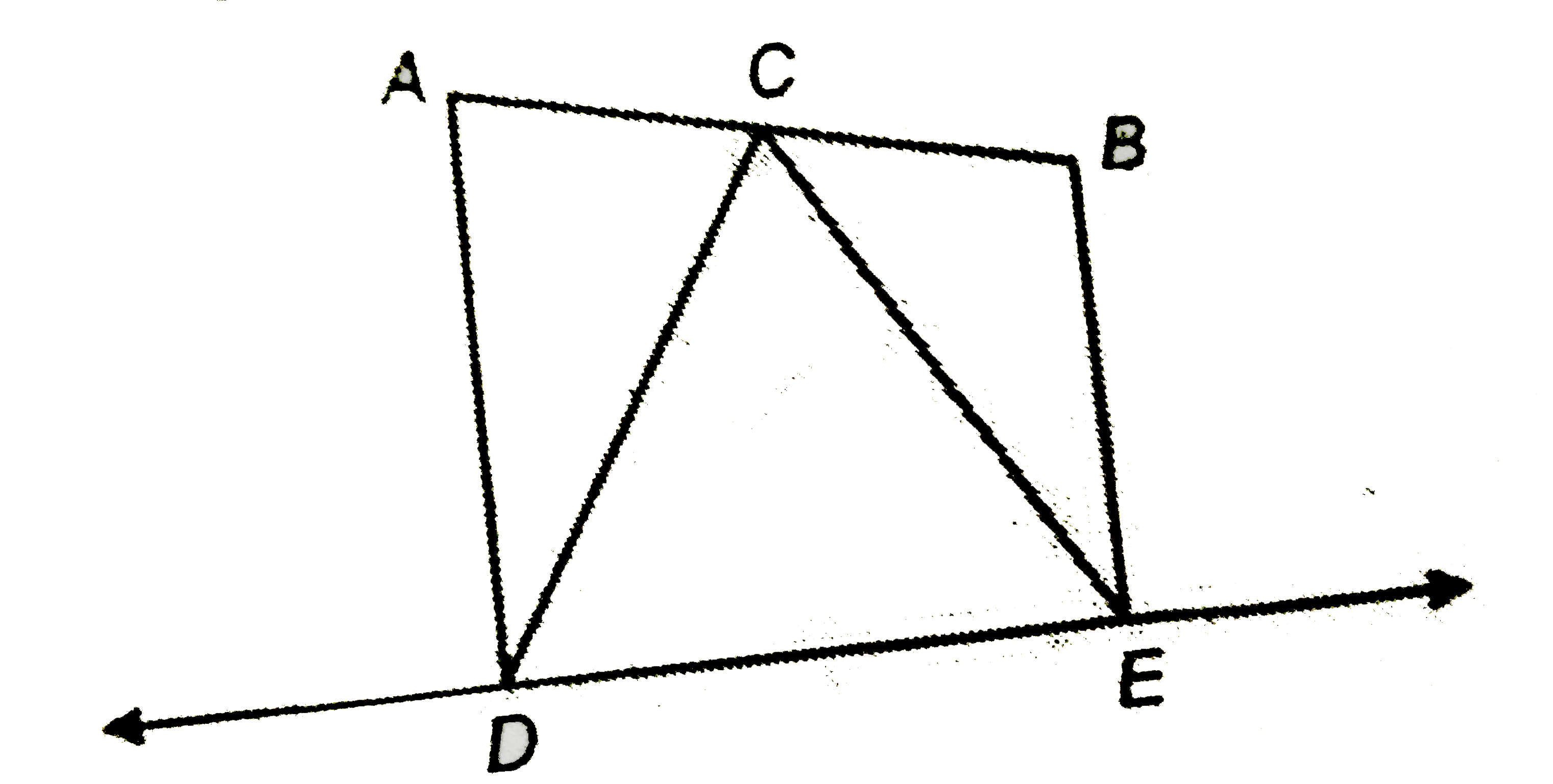
Step by step video, text & image solution for In the adjoining figure, two points A and B lie on the same side of a line 'l'. C is the mid-point of AB. If AD botlandBEbotl, then prove that CD = CE. by Maths experts to help you in doubts & scoring excellent marks in Class 9 exams.
Topper's Solved these Questions
- BOOK - NAGEEN PRAKASHANCHAPTER - QUADRILATERALSEXERCISE - Revision Exercise (very Short Answer Questions)10videos
QUADRILATERALS
- BOOK - NAGEEN PRAKASHANCHAPTER - QUADRILATERALSEXERCISE - Revision Exercise (short Answer Questions )10videos
QUADRILATERALS
- BOOK - NAGEEN PRAKASHANCHAPTER - QUADRILATERALSEXERCISE - Exercise 8a29videos
QUADRILATERALS
- BOOK - NAGEEN PRAKASHANCHAPTER - PROBABILITYEXERCISE - Revision Exercise (very Short Answer /short Answer Questions)10videos
PROBABILITY
- BOOK - NAGEEN PRAKASHANCHAPTER - STATISTICSEXERCISE - Revision Exercise10videos
STATISTICS
Similar Questions
Knowledge Check
- Question 1 - Select One
In the adjoining figure, if AB = AD and CB = CD, then whch of the following is correct?
 AΔABC≅ΔADCB∠BCA=∠DCAC∠ADC=∠ABCDAll of these
AΔABC≅ΔADCB∠BCA=∠DCAC∠ADC=∠ABCDAll of these - Question 2 - Select One
In the adjoining figure, AD = 2AB = a. If P is the mid-point of AD, then area of the shaded region is
 Aa2Ba22Ca23Da24
Aa2Ba22Ca23Da24 - Question 3 - Select One
In the adjoining figure, AD = 2AB = a. If P is the mid-point of AD, then area of the shaded region is
 Aa2Ba22Ca23Da24
Aa2Ba22Ca23Da24
In Figure O is the mid-point of AB and CD. Prove that AOC≅ BOD (b) AC=BD (iii) AC∣∣BD
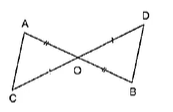 View Solution
View SolutionIn the adjoining figure, D is the mid-point of side AB of ΔABC and P be any point on side BC. If CQ∣∣PD, then prove that:
area of ΔBPQ=12× area of ΔABC
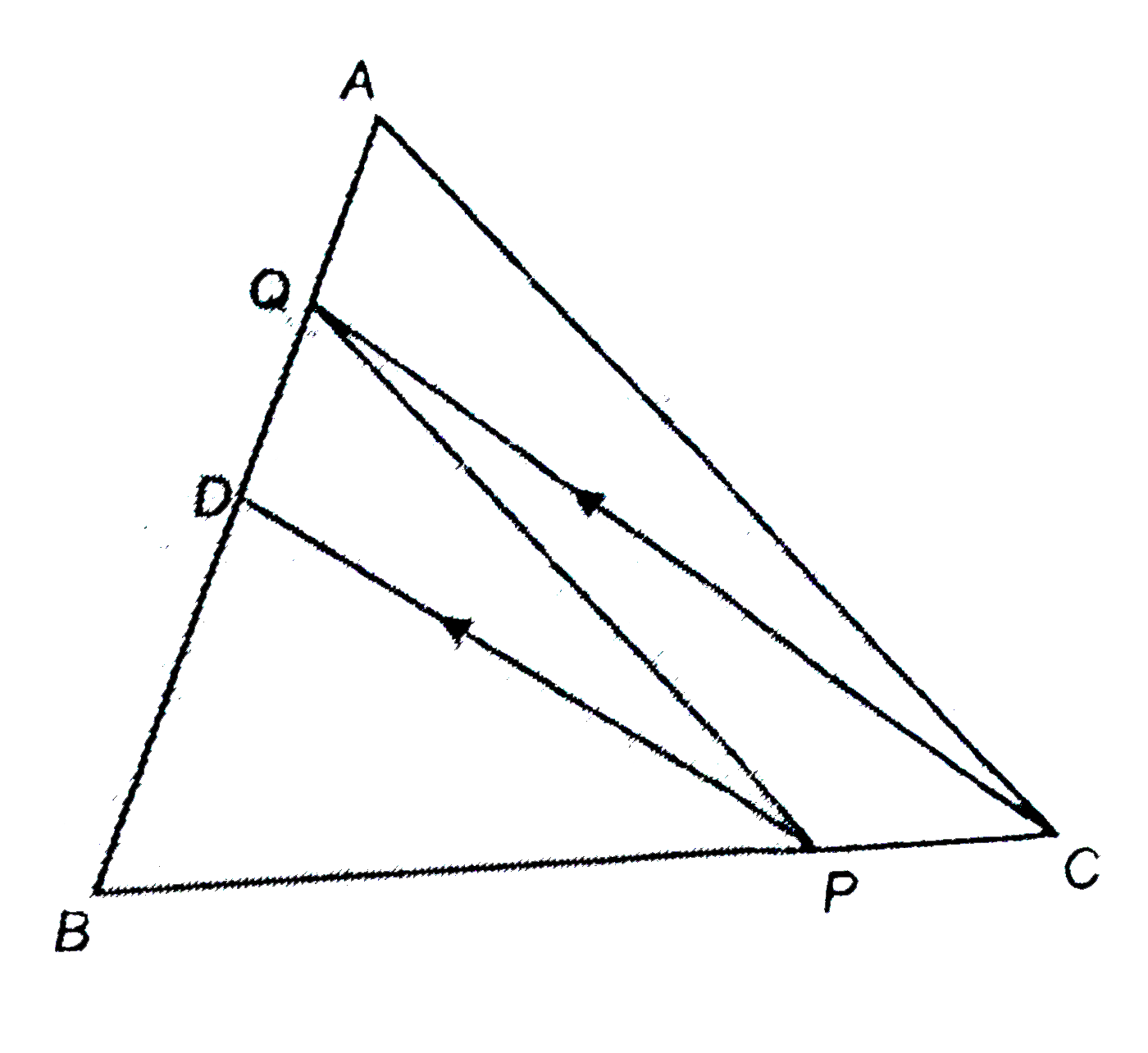 View Solution
View Solutionin figure , M is the mid-point of AB and N is the mid-point of BC (1) if AB=BC , prove that AM=NC
View Solutionin figure , M is the mid-point of AB and N is the mid-point of BC (1) if AB=BC , prove that AM=NC
View SolutionIn the adjoining figure, D is the mid-point of BC. If BM and CN are perpendiculars from B and C respectively on AD and AD produced, then prove that BM = CN.
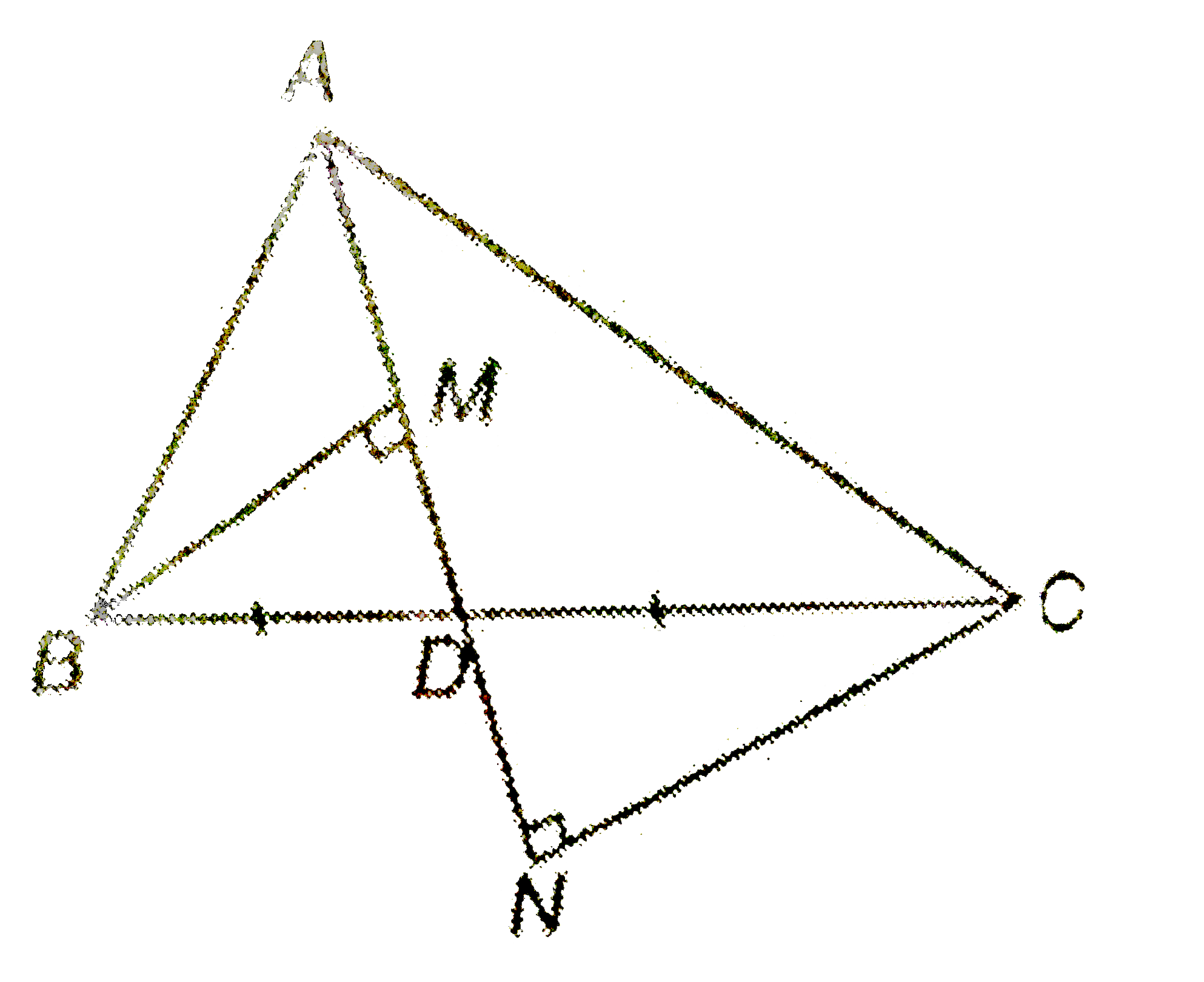 View Solution
View Solution


